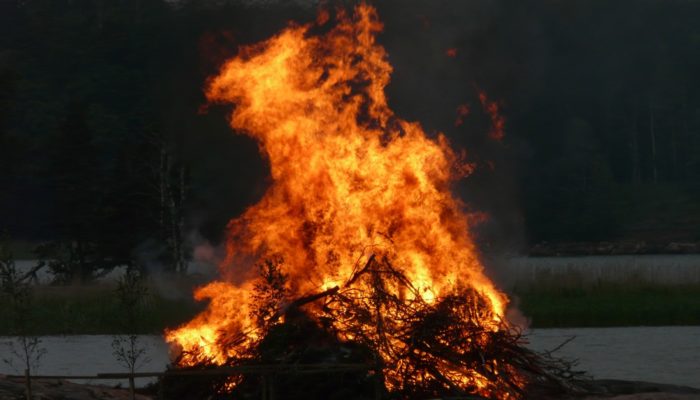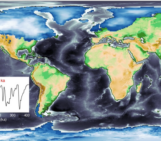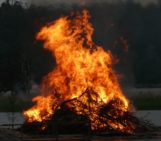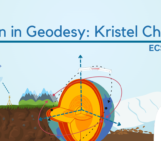
We all welcome you around our first EGU Geodesy 101 Campfire to listen to an exciting presentation about reference frames from Xavier Collilieux. This new Geodesy 101 Campfire series aims to introduce geodesists and non-geodesists into a specific geodetic topic. The first Geodesy 101 Campfire is dedicated to terrestrial reference frames. Below you can find detailed description about the upcoming presentation. We will have time for questions afterwards.
Please join us on Zoom on December 1st from 1 to 2 pm (CET). Register for this webinar here.
The availability of a stable terrestrial reference frames (TRF) is paramount for scientists to study and understand the Earth’s deformations at a global scale, to monitor sea level variations both from the ground infrastructure and from space, and to study the Earth’s rotation in space. It is also an essential tool to allow an easy comparison of measurements carried out at various locations, at different times and by different groups. In this Geodesy 101 Campfire Xavier Collilieux will give us an overview about terrestrial reference frames, their definitions, the latest realizations, and their usage in the transformation of coordinates and velocities. His presentation will cover topics like:
- Global Reference Frame (frame for a deformable Earth, usage, definition)
- Short introduction of space geodetic techniques
- Why do reference frames need to be updated? The ITRF family
- Frame transformation
- Helmert transformation
- Time dependency of the Helmert parameters. Example : ITRS to ETRS89
- Velocity field dependency on the reference frame. Example of ITRF origin drift, impact on sea level determinations.
- Why adopting the most recent reference frame?
- Use of frame coordinates (time propagation, IERS conventions)
- ITRF2020 novelty. Seasonal displacement and geocentre motion.
- Frame accuracy
Xavier Collilieux is a teacher/researcher in geodesy at ENSG-geomatics and IPGP in Paris (France). He obtained his PhD in 2008 from the Paris Observatory and he has been chairing the sub-commission 1.2 “Global Reference Frames” of the International Association of Geodesy since 2015. His main area of research is the determination and evaluation of Terrestrial Reference Frames (TRFs). More information about his role in the EGU Geodesy division can be found here (adding link to interview with you).
If you have any questions about the Geodesy EGU Campfire Event, please contact the Geodesy ECS Team via ecs-g@egu.eu.




